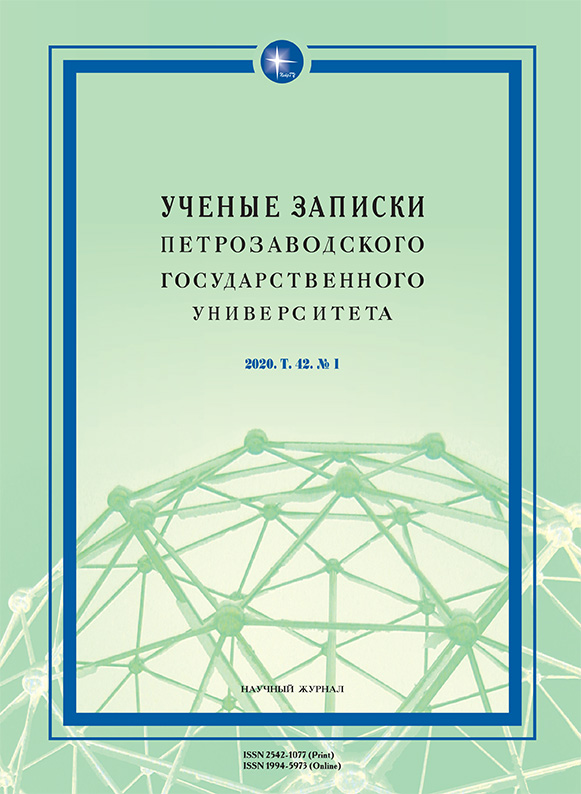Лексическое наполнение активной словообразовательной модели
(на примере новообразований пушкинской эпохи)
LEXICAL CONTENT OF ACTIVE DERIVATIONAL MODEL
(BY THE EXAMPLE OF PUSHKIN’S PERIOD NEOLOGISMS)
Author(s): Valentina Nikolaevna Kalinovskaya, Olga Albertovna StarovoitovaSubject(s): Language and Literature Studies, Russian Literature, Eastern Slavic Languages
Published by: Петрозаводский государственный университет
Keywords: Russian language of Pushkin’s period; historical lexicology; word-formation motivation; confix adjectives; author’s language;
Summary/Abstract: The article characterizes adjectives formed by the confixal model bez…nyi, which represent the lexical and semantic innovations of the XIX century. The interest in derivational processes as a reflection of the worldviews of native speakers and the process of forming the linguistic picture of the world has determined the objectives of the study. The analysis of the lexical content of the word-building model enabled to draw some conclusions about the significant realities of the mentioned period, reflected in the collective consciousness of native speakers. The article focuses on author’s neologisms and the writers’ typical use of the lexical units formed by the corresponding word-formation model, which influenced the language of their contemporaries and the subsequent development of the literary language. In the works of some writers, the role of these adjectives is to create images not only synchronized with the epoch, but also being ahead of their time. The expansion of the compatibility features of the new word reinforces the semantics relevant to it. The realization of the powerful semantic potential of the new derivatives was due to the cardinal shifts in the public and artistic consciousness of the studied period.
Journal: Ученые записки Петрозаводского государственного университета
- Issue Year: 42/2020
- Issue No: 1
- Page Range: 103-109
- Page Count: 7
- Language: Russian

